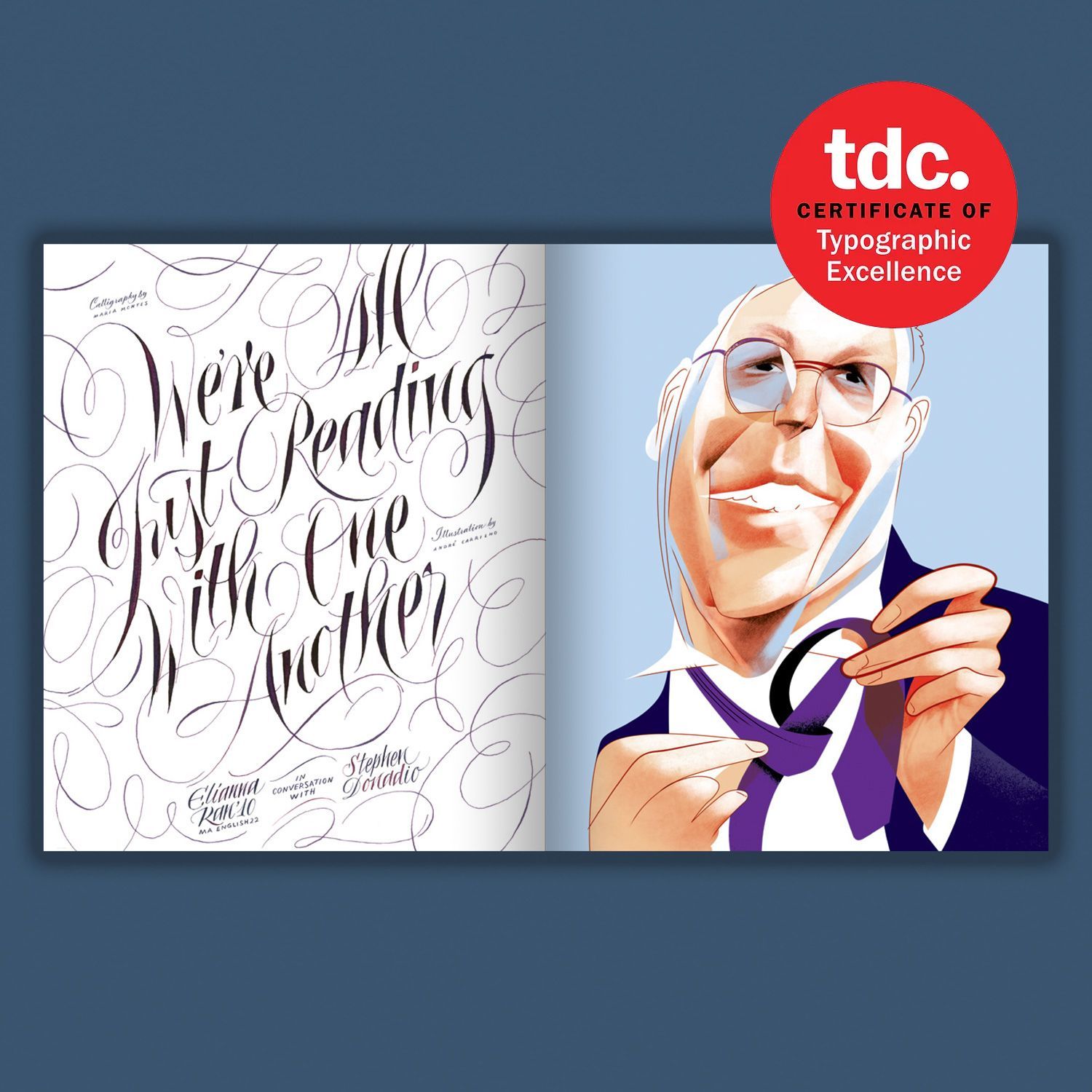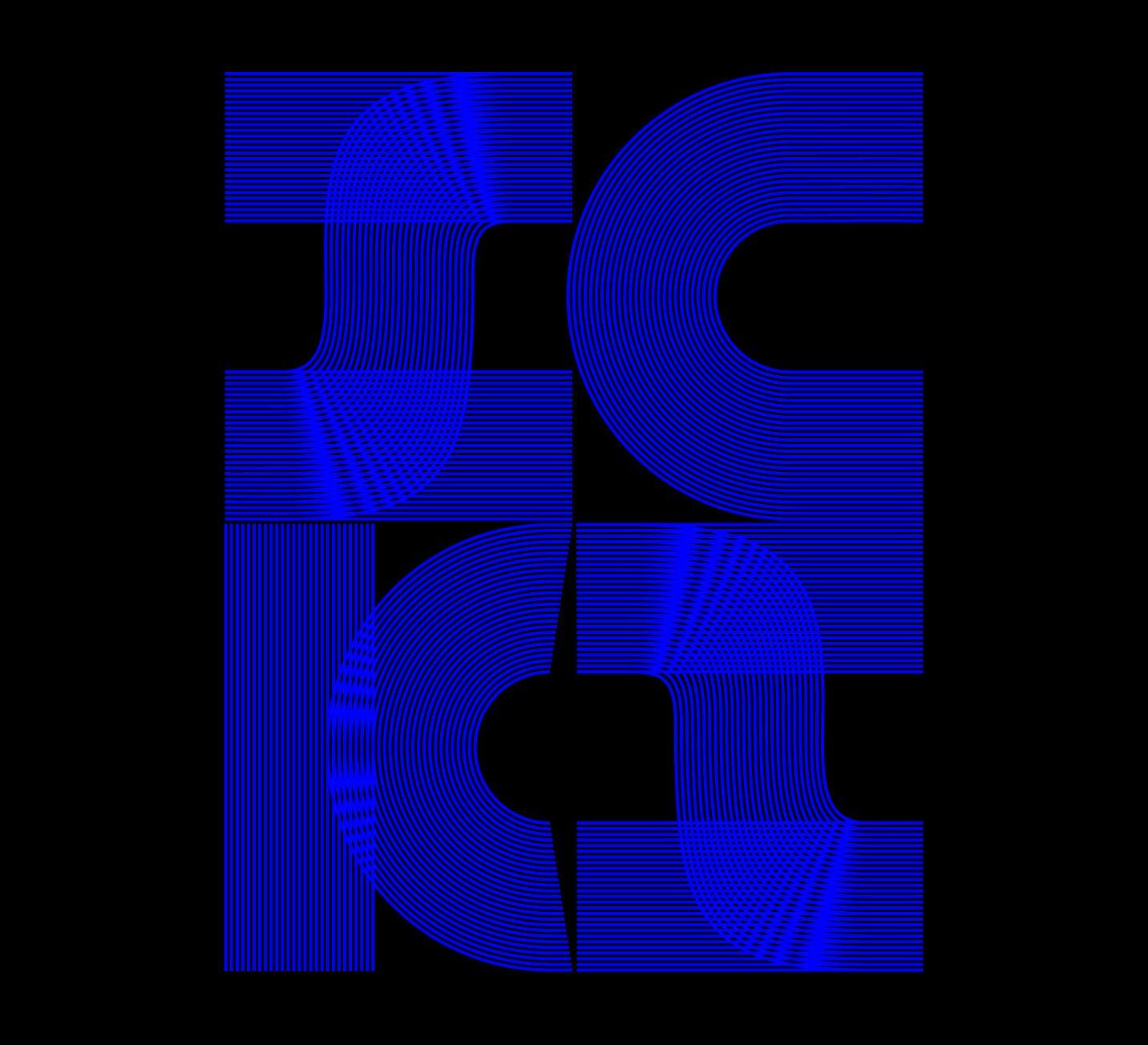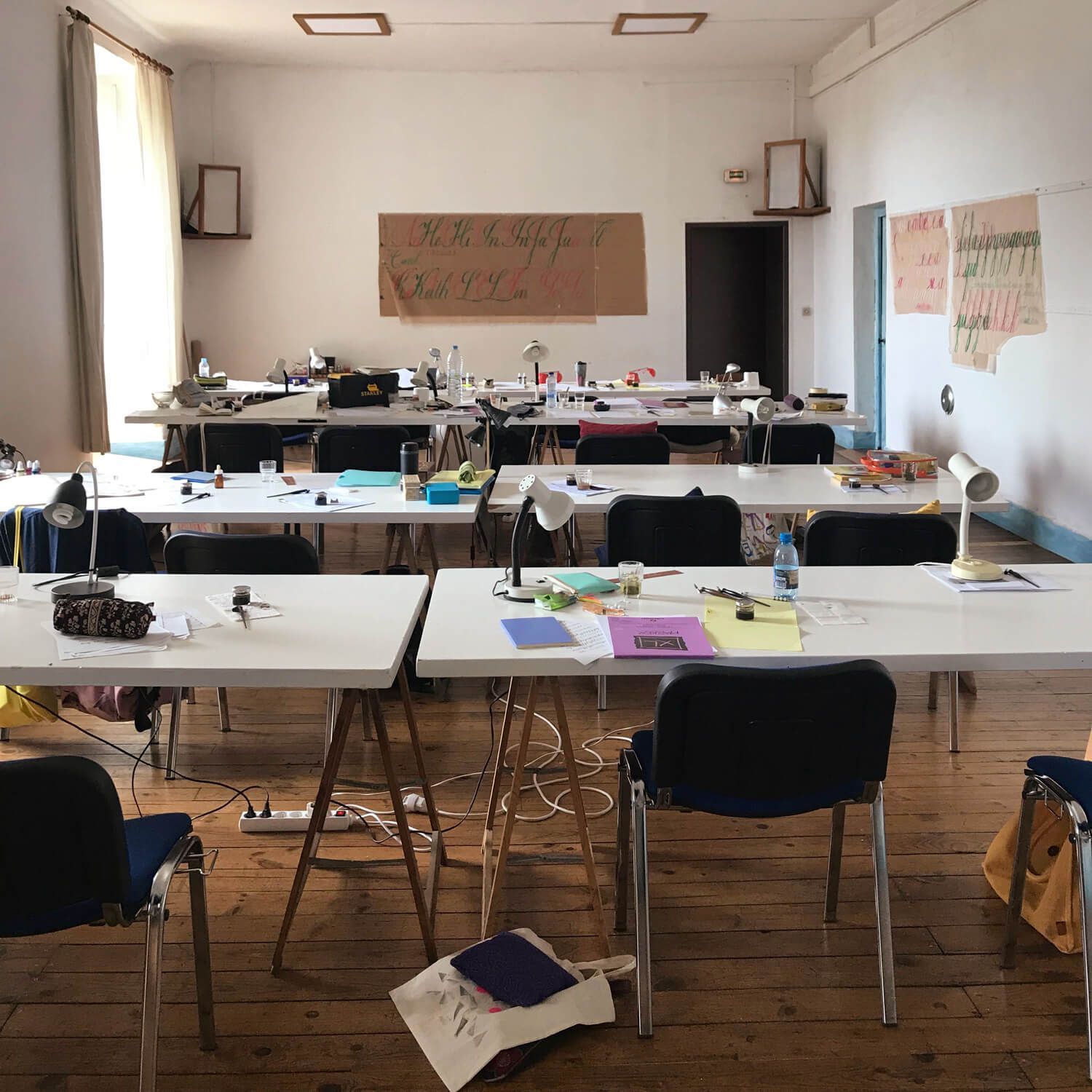A Calligrapher’s Guide to Paper: Choosing the Right Surface for Your Practice
Let’s talk about calligraphy paper a little more in-depth! And let’s start with its definition: Any substrate composed of plant fibres formed into sheets for writing, printing, or other purposes.
Below you’ll learn about paper characteristics, essential terminology, and my go-to papers from regular calligraphy practice to final pieces.

Photo source: Maya Calligraphy Pads from the Rhodia Touch collection. With 120gsm premium smooth paper and a subtle dot grid. Available in white, grey, and black Clairefontaine Maya® paper. Made in France.
Why Does Calligraphy Paper Matter?
For calligraphers, several paper characteristics are particularly significant and directly impact your work:
Sizing
Substances added during manufacture to control the paper’s absorbency, affecting how ink behaves on the surface. Properly sized papers prevent ink from bleeding or feathering, allowing for crisp letter definition.
Rag Content
Papers containing cotton or linen fibres (in varying percentages) offer superior strength, texture, and archival quality compared to wood pulp papers. The percentage of rag content directly correlates with a paper's durability and working properties.
Acid Content
Measured on the pH scale, with 7.0 being neutral. Truly archival papers must be both acid-free and lignin-free. Pure rag papers naturally meet these criteria, while wood pulp papers require additional processing to remove acidic compounds that accelerate deterioration.
Formation Method
Papers may be handmade (formed sheet by sheet on individual screens), mould-made (created on a cylinder mould machine that simulates handmade qualities), or machine-made (produced on high-speed Fourdrinier machines). Each method imparts distinctive characteristics that influence writing quality and aesthetic properties.
Construction
Laid papers retain visible chain lines and wire marks from the screens used in their formation, while wove papers present a uniform, unmarked surface. These structural differences affect both appearance and writing quality.
Paper Grain
In machine-made papers, fibres align predominantly in one direction, creating greater flexibility along that axis. While not crucial for single-sheet works, grain direction becomes significant when folding paper for books or cards. Handmade and mould-made papers typically have more random fibre distribution without a pronounced grain.
Surface Finish
Typically classified as hot-pressed (HP, the smoothest), cold-pressed (CP, moderately textured), or rough (R, highly textured). Commercial papers use terms like “plate,” “calendared,” or “vellum” to indicate surface characteristics. Coated papers feature applications of clay or other substances that create a slick surface, generally unsuitable for calligraphy.
Paper pH
The measurement scale for acidity or alkalinity, with 7.0 representing neutral. Values below 7.0 indicate acidity, while higher values indicate alkalinity. For archival-quality papers, a slightly alkaline pH (7.5-8.5) is preferred, as it provides a buffer against environmental acidification over time.
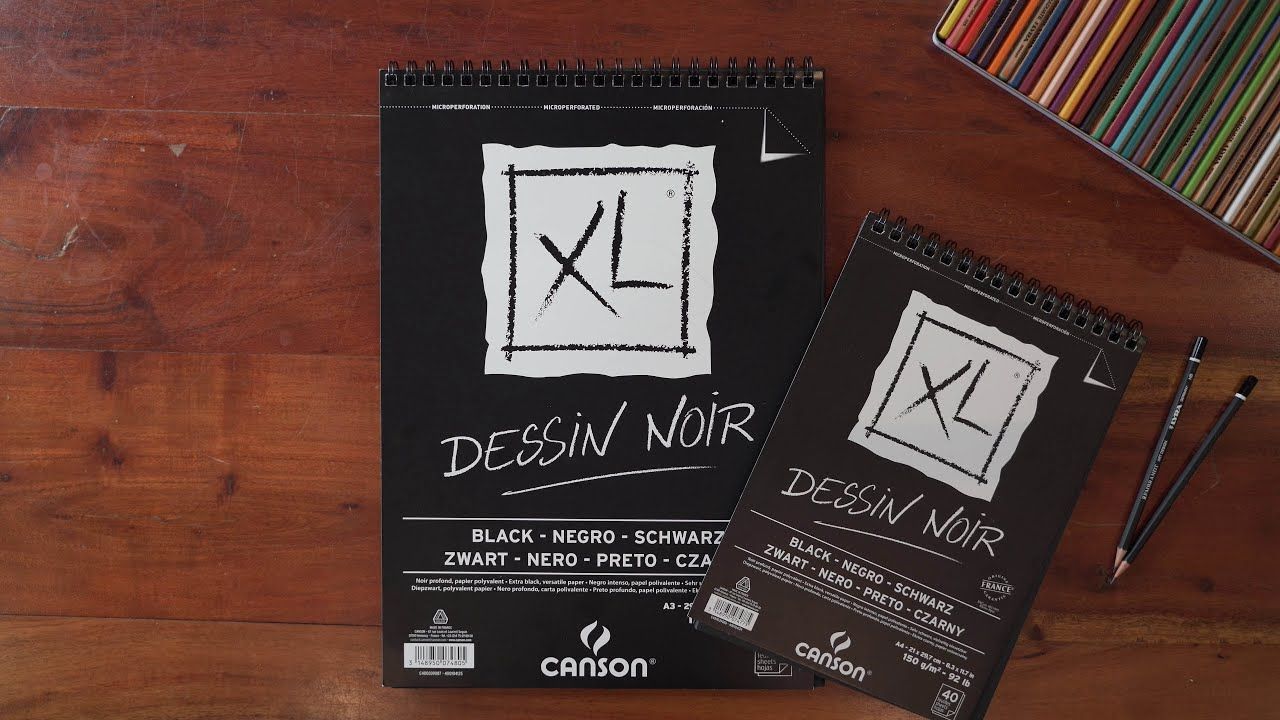
Calligraphy Paper Terminology Worth Getting Familiar With
Bleeding & Feathering
Both terms are common issues when using a lot of ink, especially on lower-quality or highly absorbent paper.
- Bleeding happens when ink soaks through the paper, often appearing on the other side.
- Feathering refers to when ink spreads out into the paper fibres, creating a fuzzy or frayed effect around the edges of the strokes.
Buckling & Cockling
Both are common issues in calligraphy and watercolour work.
- Buckling refers to the paper warping or curving due to excessive moisture from ink or water.
- Cockling is a more specific term for the wavy, rippled texture that forms when paper absorbs too much liquid and dries unevenly.
Laid Paper
Laid paper is a type of paper that has a distinct textured pattern of parallel lines, created during the papermaking process by a wire mesh in the mould. These lines, known as laid lines (closely spaced) and chain lines (wider apart), give the paper a traditional, handcrafted appearance.
Historically, laid paper was the standard before wove paper became common, and it is still used today for fine stationery, calligraphy, and high-quality printing. The texture of laid paper provides a unique writing surface, making it popular among calligraphers and artists. More on
calligraphy glossary.
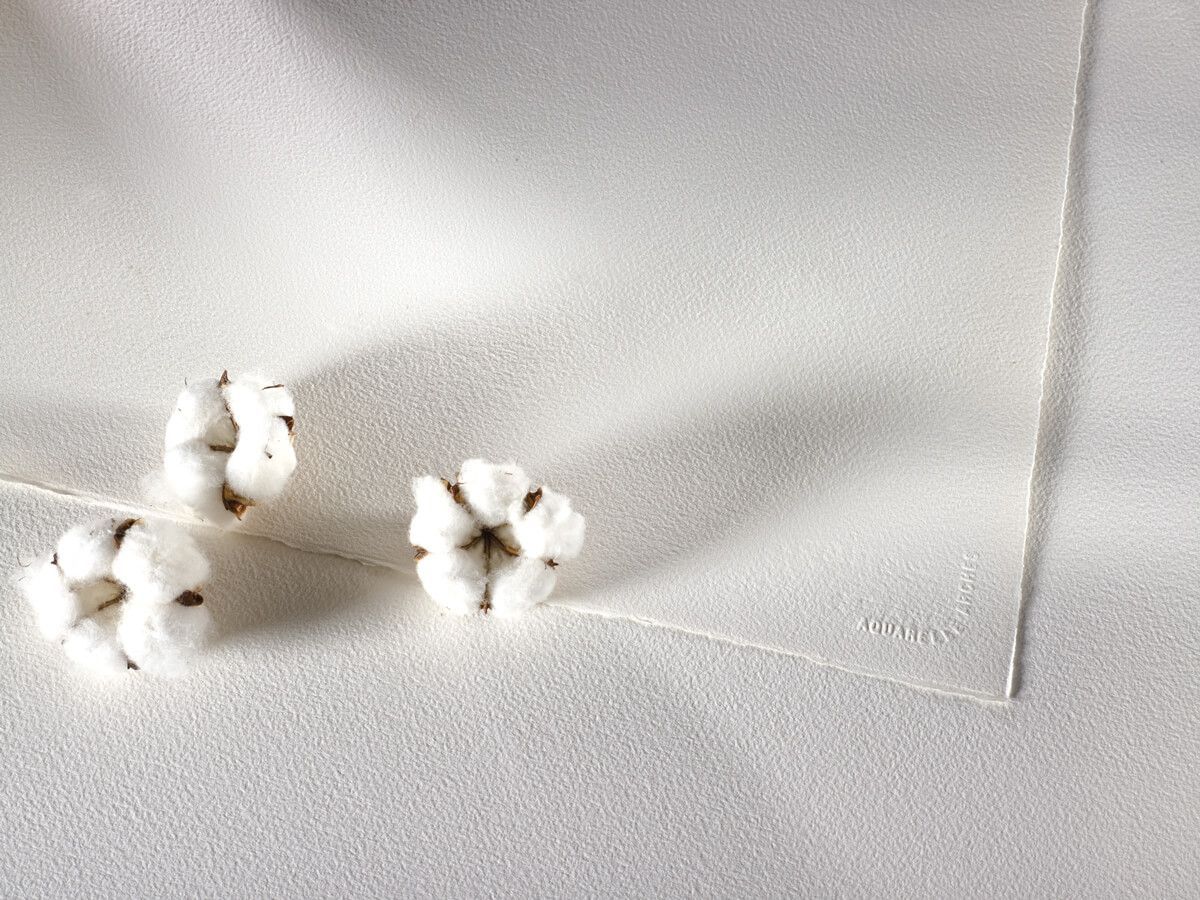
Calligraphy Practice Paper vs. Calligraphy Paper for Special Projects
The paper you choose for daily practice should differ from what you select for finished pieces. Practice paper should be affordable yet functional, while special project paper needs superior archival qualities and aesthetic appeal.
For practice, you need paper that:
- Is cost-effective for frequent use
- Handles ink well without excessive bleeding
- Provides adequate feedback for your writing tool
- Allows you to see line quality clearly
For special projects, consider papers that:
- Offer archival quality for longevity
- Provide aesthetic appeal appropriate to the project
- Handle your specific ink and technique beautifully
- Present a professional finished appearance
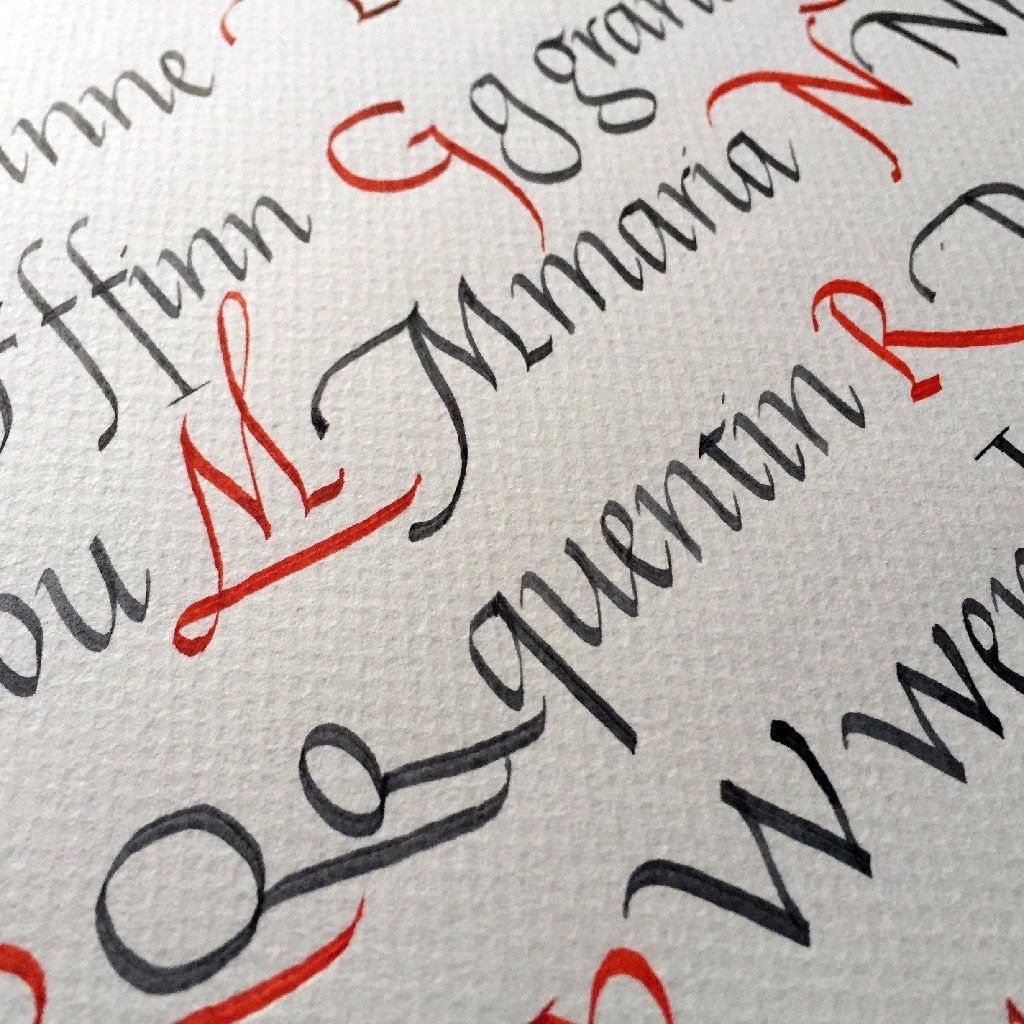
Papers to Avoid When Doing Calligraphy
Not all papers are suitable for calligraphy. Here are some types to avoid:
- Highly coated or glossy papers: These prevent ink from properly adhering to the surface, causing smudging and extended drying times.
- Very thin papers (below 70gsm): Unless specifically designed for calligraphy, these typically allow too much bleed-through and can buckle excessively.
- Highly textured papers (for beginners): While some texture can add character, papers with pronounced texture can catch nibs and interrupt smooth strokes.
- Acidic papers: These yellow and deteriorate over time, making them unsuitable for work you want to preserve.
- Low-quality recycled papers: While eco-friendly, some recycled papers have inconsistent surfaces that cause feathering unless paired with specific inks.
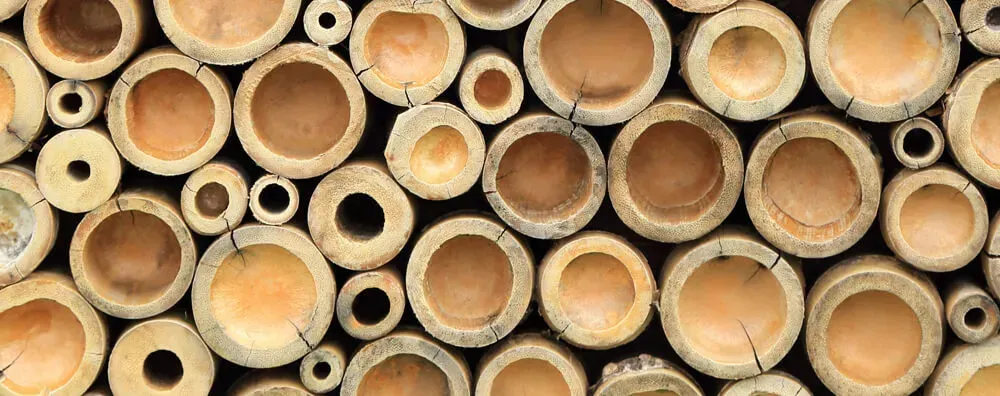
Eco-Friendly Paper for Calligraphy
Environmentally conscious calligraphers have several options:
- 100% recycled 80gsm copy paper: As I’ve found, this works wonderfully with walnut ink, which gives a warm look and feel while minimising bleeding issues.
- Bamboo papers: Fast-growing bamboo creates sustainable papers with excellent writing qualities. Bamboo also makes great broad-edge calligraphy pens.
- Cotton papers from responsible sources: Cotton is a renewable resource that makes high-quality, long-lasting paper.
- FSC-certified papers: These come from responsibly managed forests and controlled sources.
When using eco-friendly papers, you may need to adjust your ink choice to accommodate different absorption rates. As mentioned, walnut ink works particularly well with recycled papers.

Best Practice Paper for Calligraphy
Now that we’ve totally nerded out on the calligraphy paper topic, I’ll tell you about the paper I use the most for my weekly calligraphy practice:
- 100% recycled 80gsm copy paper. To avoid bleeding, I use walnut ink, as it works with most papers and gives me a warm look and feel.
- Canson XL 70gsm marker paper. This paper is great as it gives me a crisper definition and finish, ideal for my Copperplate calligraphy practice.
- If I’m handling high volumes of ink due to a larger writing tool or creating gradients with my Neuland calligraphy practice, I use "Bloc Para Esbozo" Studio Gvarro. This paper is 90gsm and can better absorb large amounts of ink with less buckling.
- A great alternative to the Studio Gvarro paper above is Torreón paper, a type of laid paper that gives a warm and unique texture to your writing.
Additional recommended practice papers include:
- Rhodia pads: Smooth, fountain pen-friendly, and available in various formats
- Clairefontaine: High-quality, consistent surface ideal for practice
- Strathmore 400 Series drawing paper: Affordable with good ink resistance
Access a visual list of recommended materials in my calligraphy supplies section.

Photo source: Canson XL Watercolour paper 300gsm, for final calligraphy work while keeping the costs down.
Best Calligraphy Papers for Final Projects
For final calligraphic work while keeping costs moderately low:
- Canson XL 300gsm watercolour paper: Excellent weight and texture for final pieces
- Canson Basik 370gsm watercolour paper: Heavier weight for prestigious projects
- Italian handmade paper: Beautiful texture and exceptional quality for special occasions
- Any other fancy papers that work nicely with your ink and nib!
For professional commissions and gallery-quality work, consider:
- Arches hot-pressed 300gsm watercolour paper: Industry standard for fine calligraphy
- Somerset printmaking papers: Excellent surface and archival quality
- Fabriano Artistico: Traditional Italian paper with superior handling characteristics
- Handmade papers from specialist mills: Unique character for one-of-a-kind pieces
Video title :
Beginners Copperplate FAQs | Paper by Maria Montes
This is the first video of a Youtube series called Copperplate FAQs (Frequently Asked Questions) where I am answering questions many of my students have previously enquired about. This short video is focused on a few different types of paper.
Best Papers for Copperplate Calligraphy
Above is a tutorial discussing different types of calligraphy paper for my Copperplate calligraphy practice and below you’ll find a handy list of FAQs answered. Additionally, you can check my
paper supplies section for visual references to some paper mentioned above. Happy Lettering!
Frequently Asked Questions About Calligraphy Paper To Use
What GSM is best for calligraphy paper?
For practice, 70-90gsm papers specifically designed for calligraphy (like bleedproof or marker paper) work well. For final projects, heavier papers in the 250-300gsm range provide stability and durability. The ideal GSM depends on your ink flow, nib size, and specific calligraphy style.
Can I use regular printer paper for calligraphy?
Standard printer paper (80gsm) can be used for basic practice, but it often causes feathering and bleeding with liquid calligraphy inks. If using printer paper, pair it with less fluid inks like walnut ink or use a lighter touch. Dedicated calligraphy paper will always give superior results with cleaner lines and better ink control.
What makes calligraphy paper different from regular drawing paper?
Calligraphy paper is specifically sized to control ink absorption, preventing feathering while allowing proper ink flow. Unlike regular drawing paper, quality calligraphy paper maintains crisp edges on your letterforms and doesn't bleed through. The surface is also smoother to prevent nib catching during delicate strokes.
How do I prevent my calligraphy paper from buckling?
To prevent buckling, choose papers with appropriate weight for your ink amount (heavier papers for wetter applications), use a drawing board to secure your paper, work with properly sized paper that controls ink absorption, and allow sections to dry before adding adjacent ink. For final pieces, stretching watercolour paper before beginning can eliminate buckling entirely.
What’s the difference between hot-pressed & cold-pressed paper for calligraphy?
Hot-pressed paper has a smooth surface ideal for detailed calligraphy work requiring precise lines and consistent strokes. Cold-pressed paper has a slightly textured surface that creates more character in your letters but can be more challenging for beginners or detailed scripts. Hot-pressed is typically preferred for formal calligraphy styles like Copperplate, while cold-pressed works well for more expressive styles.
Is calligraphy paper acid-free, and why does it matter?
High-quality calligraphy paper should be acid-free, especially for final projects and commissioned work. Acid-free paper prevents yellowing and deterioration over time, ensuring your calligraphy remains vibrant and intact for decades. For practice, acid content is less critical, but for any piece you want to preserve or sell, always choose acid-free papers with a neutral or slightly alkaline pH (7.0-8.5). Happy Lettering!
I'm a Catalan-Australian multilingual, multicultural designer, calligraphy-and-type educator. My creative practice is set by the principles of never stop learning, sharing knowledge and create emotion through my work.
I have been teaching calligraphy independently since 2014. My favourite way of learning is by teaching others. I offer in-person and online calligraphy and lettering courses, corporate in-house workshops, as well as private one-to-one tuitions.

